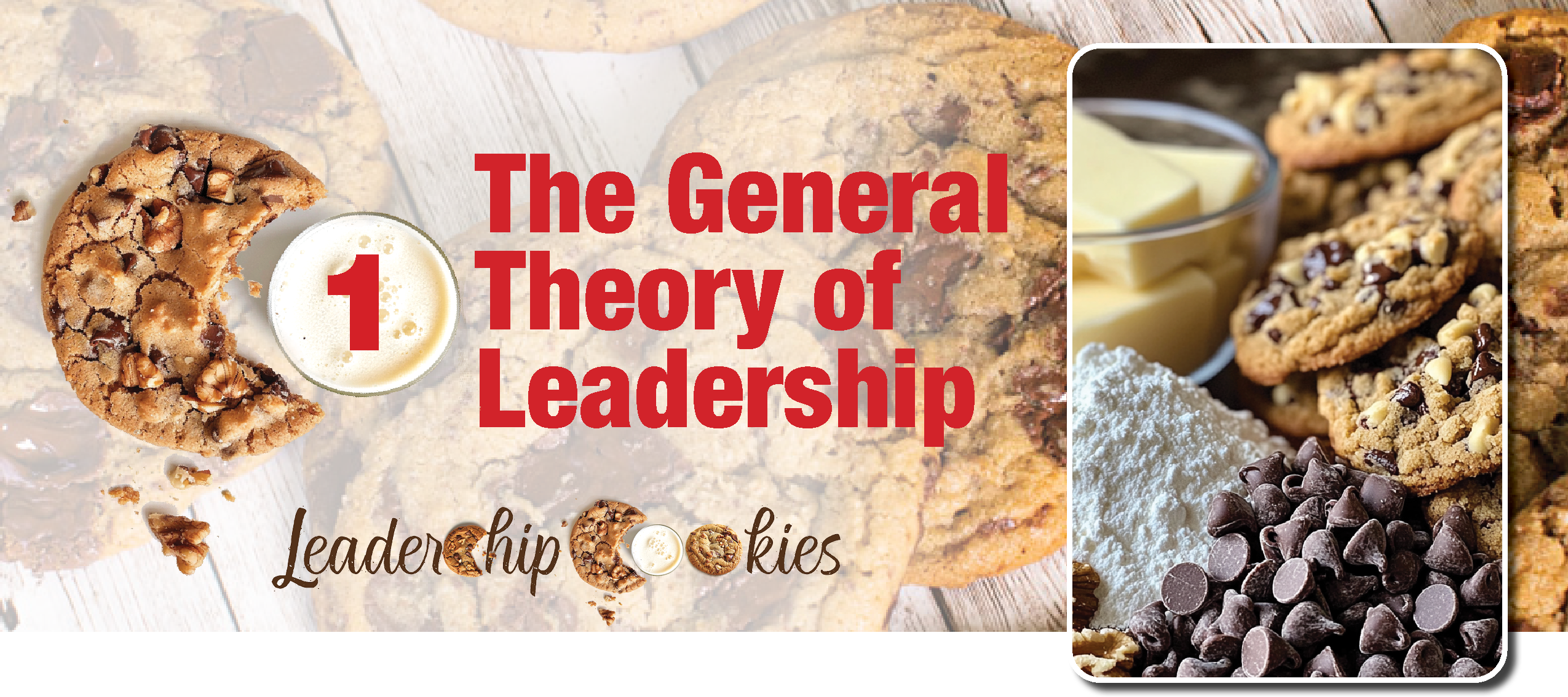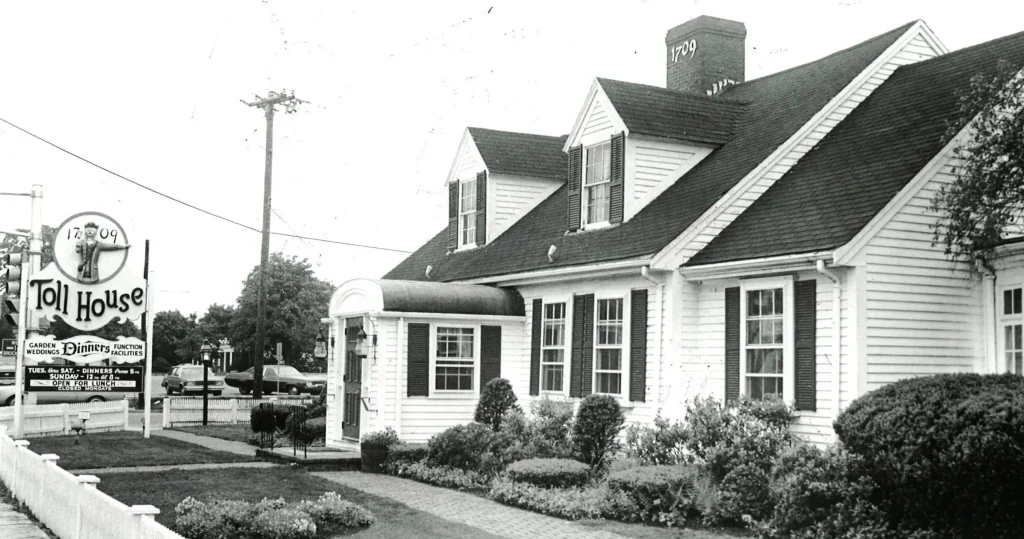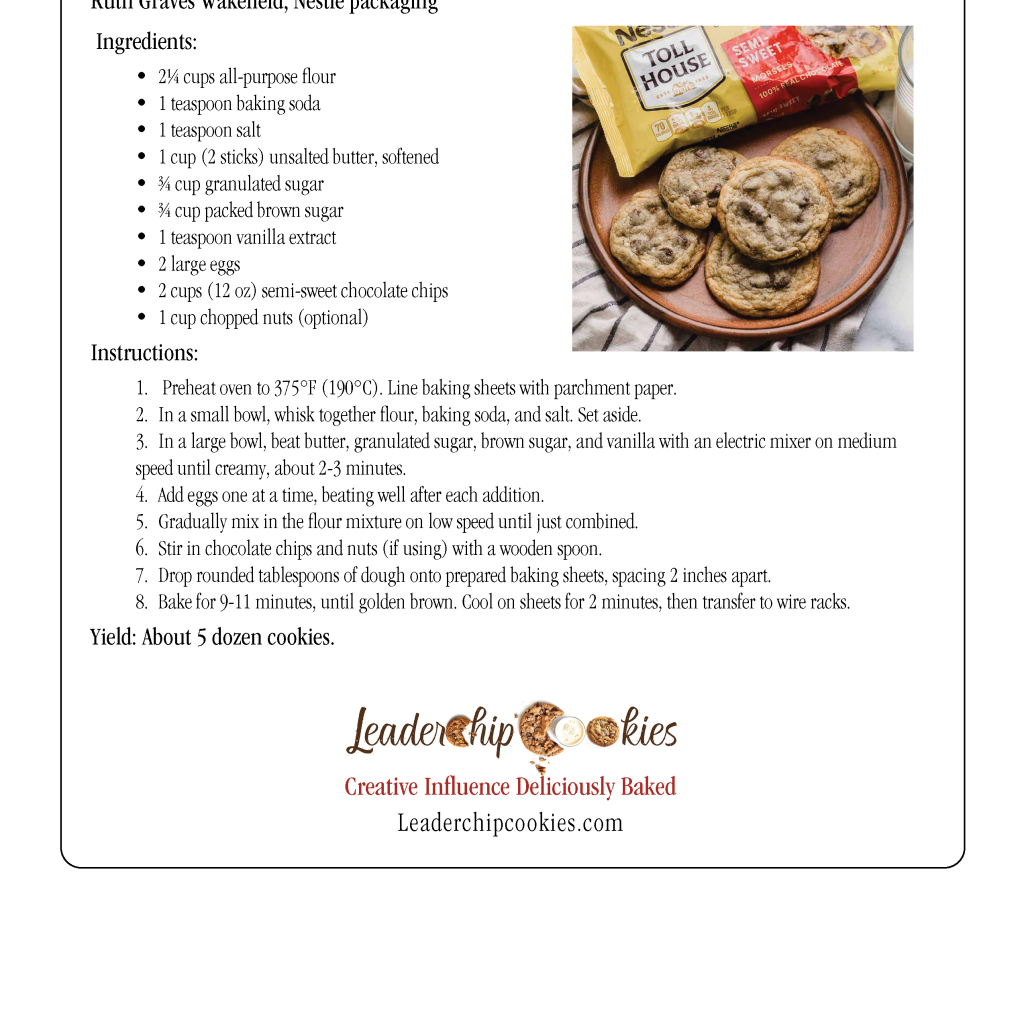The General Theory of Leadership

Introduction to the General Theory of Leadership
Laws come in many forms. One type stems from legislative enactment—arbitrary rules and regulations designed to govern human behavior. These laws, often enforced by courts and their agents, may be just or unjust, beneficial or harmful. They can arise from whim, compromise, custom, precedent, justice, or force, and they can be repealed in the same manner. We will call these the “laws of the land.” Subject to the will, whimsy, or passion of those with enforcement power, they may be ignored, suspended, or altered at any time.
In contrast, there exists another set of laws: natural laws, or the laws of nature. These remain constant and unchangeable under all circumstances. Humans did not create them, nor can we bend them to our will. Their verdicts are final, offering no room for appeal. While they can sometimes cause harm, they are at least predictable—unaffected by mood or caprice. They are always reasonable, always dependable. When we align ourselves with these laws, we can expect consistent results.
Consider a simple example. My wife gathers a handful of ingredients from the refrigerator, pantry, and cupboard. Within minutes, she transforms them into a delicious, aromatic dish straight from the oven, and we enjoy a magnificent meal together. Her consistency is remarkable. How does she do it? How does anyone?
She understands the laws of the kitchen. If you’ve ever succeeded in the kitchen, you’ve relied on these same laws.
Here are a few:
Water boils at 212°F.
Water freezes at 32°F.
Egg proteins transform when heated or beaten, binding diverse ingredients together.
Baking powder and baking soda release carbon dioxide through acidic and alkaline reactions, inflating delicate baked goods.
Yeast, a living single-cell fungus, feeds on flour’s sugars, producing carbon dioxide to make bread rise.
Controlled growth of microorganisms enables the creation of pickles, bread, yogurt, wine, beer, and cheese.
Searing meat between 300°F and 500°F on a grill or in an oven, combines amino acids and sugars, giving it color, aroma, and a rich, “meaty” flavor.
Time and temperature shape flavors, textures, and aromas.
Fatty ingredients like butter or non-sucrose sugars like corn syrup prevent sugar crystals from ruining candy textures.
Almost any kitchen mistake can be salvaged with ice cream, ketchup, or bacon.
In essence, she knows precisely what happens when she combines ingredients and applies heat, cold, or time. Imagine the chaos if water boiled or froze at random temperatures, or if flour sometimes refused to dissolve in milk. Her success hinges on the unyielding dependability of these natural laws—what I call the “laws of the kitchen.” Whether violated by an eager novice, a master chef, or my wife, these laws remain unforgiving. Believe me, there are times when she wishes something would freeze faster or cook sooner, but she cannot alter their course.
Great culinary schools train aspiring chefs in these same principles. Every lesson, every recipe, adheres to the laws my wife follows. No chef succeeds without strict obedience to them. A wise cook learns to understand these laws, trusting their predictable outcomes to achieve consistent results.
The Laws of Leadership
Similarly, there exists another set of laws just as reliable: the laws of leadership. Rooted in human nature, these laws are as unfailing as those of the kitchen. When understood and applied, they unlock extraordinary possibilities. When we ignore the laws of the kitchen, the consequences can be trivial—wasted time and ingredients, easily remedied with a bowl of cereal. But when we fail to grasp the laws of human nature, the stakes rise. Missteps here can lead to serious, even devastating, consequences that may take years to mend.
Yet, by mastering the laws governing our own lives, we can achieve profound transformations. The laws of leadership offer us unparalleled opportunities. It is our responsibility to learn them and wield them effectively.
Leadership, when exercised by good and honorable people, is the most potent moral force on earth. It is the taproot of civil society, the heartbeat of democracy, and the foundation of thriving free enterprise, government, communities, churches, and families. Leading may be the most intricate and creative of human endeavors, an art form of unparalleled elegance.
No two acts of leadership—whether simple or monumental—are identical. Each emerges uniquely from real lives, personalities, cultures, situations, and dreams. While products can consistently roll off assembly lines and as we watch, engineers can design rockets to circle the earth and return safely to their launching pads. Yet, leadership resists formulaic precision. Why? Because it requires a human being.
Leadership cannot be inherited, bestowed, or handed down through succession. It arises when someone steps forward with initiative—be it a simple idea or a grand vision—and others choose to follow. Together, they advance toward results.
When we truly understand leadership and human behavior, we become better equipped to identify, educate, coach, and nurture future leaders. These leaders, in turn, can wield good and honorable influence with greater power among those they serve. Developing such leaders is an urgent need for every society, institution, and enterprise. Where honorable leadership falters or fades, brute force, blind ambition, selfishness, deception, hatred, sensuality, terrorism, war, and violence take root—chronicled throughout history as human devastation.
So, what can we do? The journey begins here. Follow the next thirty delicious chapters as we explore the doctrines, realities, and principles of leadership. Together, we’ll uncover the laws that govern this vital art and learn how to apply them for the good of all. As a bonus we’ll share some of the greatest cookie recipes we can plunder from the secret recipe stash. But we will start with the most famous recipe of them all. Yes. The Toll-House Cookie.
On our way to the recipe, let’s give some honor where it’s due.
Ruth Graves Wakefield’s life offers enough documented detail to discuss her leadership skills and experience, though much of what we know comes from biographical snippets, her own writings, and historical accounts rather than a deep, personal archive of her leadership philosophy. As the inventor of the chocolate chip cookie and co-owner of the Toll House Inn, her story reveals traits and actions that align with effective leadership—particularly in entrepreneurship, innovation, and community influence.
Ruth was born in East Walpole, Massachusetts, in 1903. She graduated from Framingham State Normal School (now a university) in 1924 with a degree in household arts. Since she trained as a dietitian and home economist, she gained skills that shaped her practical approach to life. She became a lecturer on food preparation, teaching others how to cook and manage kitchens. I’m calling that leadership in education and mentorship.
She married Kenneth Wakefield in 1926 and they built a business together, suggesting a strong partnership dynamic. They bought the Toll House Inn in Whitman, Massachusetts. Ruth was a culinary mastermind managing the kitchen and menu, and Kenneth handled the front-of-house operations.
Ruth transformed the inn into a dining destination known for quality home-cooked meals. Ruth Wakefield, a skilled cook and dietitian, ran the Toll House Inn in Whitman, Massachusetts, with her husband in the 1930s. Known for her delicious homemade desserts, she was always tinkering with recipes to delight her guests. One day in 1937, while baking a batch of butter cookies, she mixed things up. She grabbed a bar of Nestlé semi-sweet chocolate, expecting it to melt into the dough for a chocolaty flavor. Instead, she chopped it into small chunks and tossed them in, hoping they’d spread evenly.
When she pulled the tray from the oven, the chocolate hadn’t melted as expected—it stayed in distinct, gooey bits, creating a delightful contrast with the soft, buttery cookie. Her guests loved them, and the “chocolate crunch cookies,” as she first called them, became a hit. Word spread fast, and soon Nestlé noticed the buzz. Ruth struck a deal with the company: they could print her recipe on their chocolate bars, and she’d get a lifetime supply of chocolate. By 1939, Nestlé was selling pre-chopped chocolate chips, and the Toll House Cookie was born.

The invention wasn’t a grand plan—just a curious cook experimenting in her kitchen, stumbling onto something timeless. Today, chocolate chip cookies are a global staple. But before jumping to the recipe, which if you are a true human being, you already have in your collection of recipies; indulge my extrapolation of Ruth’s leadership.
Her invention of the chocolate chip cookie wasn’t just a happy accident—it showed her willingness to experiment and adapt (chopping chocolate).
She published “Toll House Tried-and-True Recipes” (first edition 1937, expanded later), sharing over 700 recipes, including the famous cookie. This reflects a leader’s foresight—codifying her work to influence beyond her kitchen.
She showed resourcefulness and strategic planning by running a small inn during the Great Depression which required thrift and ingenuity. Ruth stretched ingredients and crafted a menu that balanced comfort with creativity, drawing travelers and locals alike.
She made a deal with Nestlé—allowing them to print her recipe on chocolate chip bags—shows strategic thinking. She traded short-term control for long-term impact, boosting both her cookie’s fame and the inn’s reputation.
Her educational background implies she trained others effectively, a key leadership skill—perhaps teaching staff her recipes or techniques.
Guests trusted Ruth’s cooking, returning for her signature dishes. Her cookie’s spread via word-of-mouth (and later soldiers’ letters in WWII) shows she inspired loyalty and enthusiasm without formal authority beyond her inn.
Sharing her recipe with Nestlé and the public (rather than patenting it) reflects a servant-leader mindset—prioritizing accessibility over personal gain.
Turning a chocolate shortage into a new cookie type shows creativity under pressure, a hallmark of adaptive leadership.
She didn’t just cook; she was a visionary; she built a brand (Toll House) and a legacy (the cookie), blending day-to-day management with a bigger picture.
She was collaborative yet decisive: Working with Kenneth and Nestlé suggests teamwork, but her kitchen domain shows she made firm calls where it mattered.
She was a community builder: Her inn fostered connection—travelers felt at home, and her recipe became a shared American tradition, showing quiet influence.
The rest of the story: Ruth sold the inn in 1966. We know very little about her post-Toll House years. We know she worked briefly as a hospital dietitian. She died in January 1977 in Plymouth, Massachusetts. Her husband died twenty years later in 1997. His post-Ruth life seems to have been private, with no notable public activities. Ruth’s son, Kenneth Jr. died in 1993 and it is thought that Kenneth spent his later years with their daughter, Mary Jane. She could probably whip up a pretty mean batch of cookies herself.
We know enough about Ruth to frame her as a practical, innovative leader in a small-business context—less about formal authority, more about influence through skill and vision. Her leadership shines in her ability to turn a simple inn into a culinary landmark and a single recipe into a global phenomenon, all without a title beyond “cook.” It’s a brilliant case study for students: leadership isn’t always loud—it can be baked into a cookie!


Leave A Comment